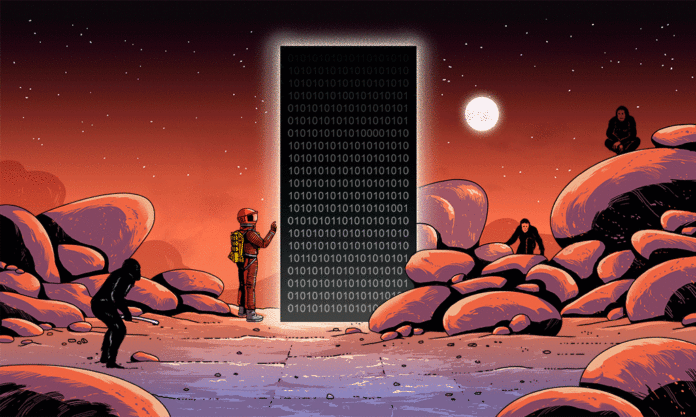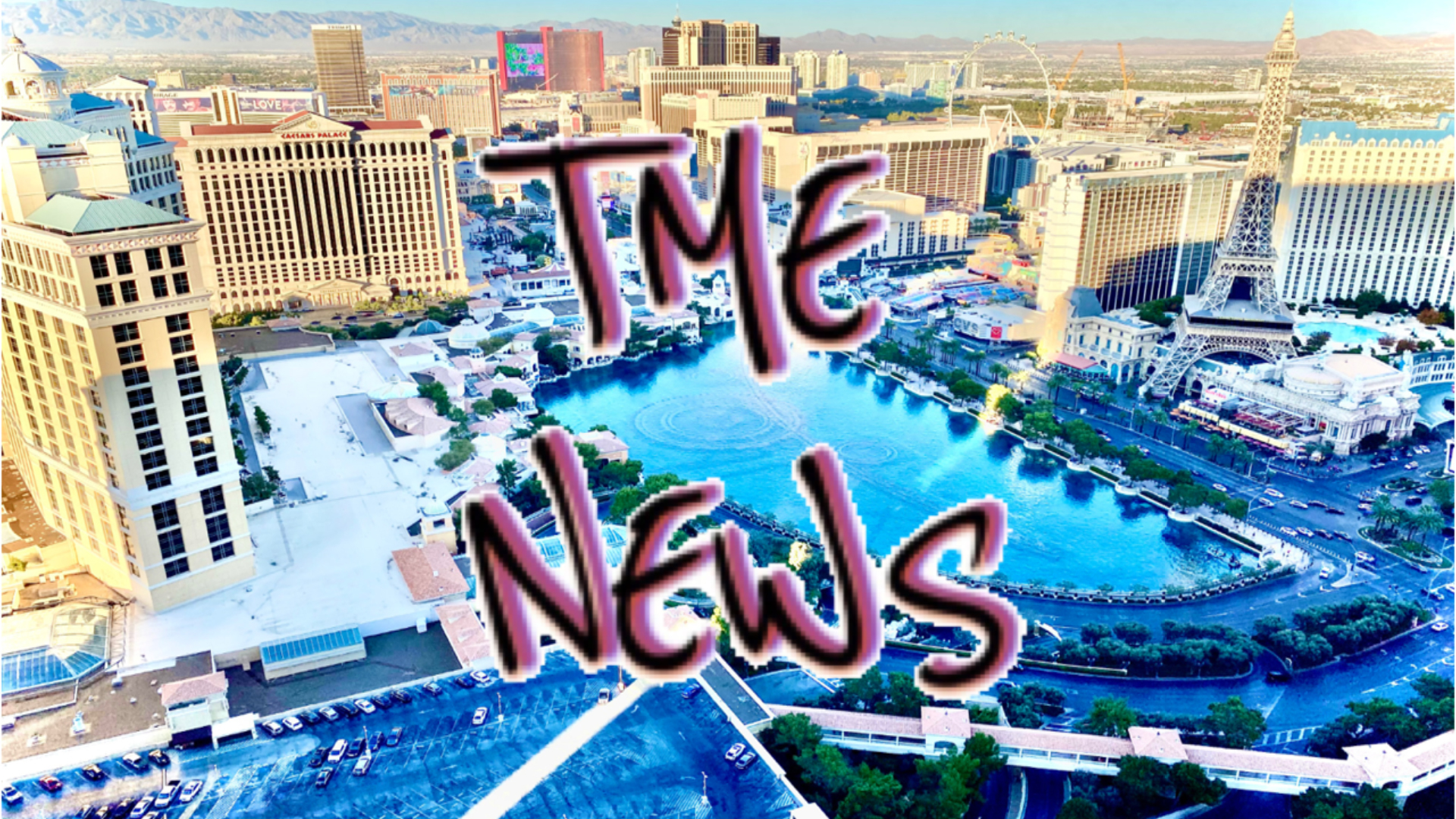It might seem ironic to make predictions about 2021 when it’s unclear how the remainder of 2020 will unfold. Nobody has anticipated this year’s evolving world events, but one thing is right for sure: technology has been just as much influence as any other aspect of our lives. It is also clear that most of today’s most influential technology trends will significantly impact how we adapt to and cope with the many changes we are facing today. Technology is expected to change how we go about our business.
Covid-19 will play an essential role in a wide range of already underway changes and are based on the use of technology. Here is my analysis of how the major technology trends I identified in the book are likely to play out during the next 12 months. Some will help get used to living in a transformed world, while some will help us understand and navigate a transformed world.
1. Artificial Intelligence (AI)

AI is one of the biggest tech trends, and in the near future, it will become even more useful as a tool for making sense of the world around us. As the volume of data we collect on healthcare is increasing, the rate of infection we’re able to prevent continues to rise. Specific machine learning algorithms will become increasingly sophisticated in their solutions to problems.
For companies, it will be to adapt to customer behaviours. More human activities will occur throughout the Internet ranging from shopping and communicating to virtual working environments, meetings, and training and development. We can expect the tools we use to collect and interpret behavioural data to become more sophisticated and fit the budget and infrastructure requirements in the coming years.
2. Automation of Robotics, Drones and Vehicles
Because the number of passengers using public transport changes on a weekly basis, initiatives in the field of auto-driving can continue at a growing rate, depending on local conditions. Drive productivity across public transport network systems and local authorities is a priority, which will help to balance confusion regarding consumer demand by reducing human labor costs.
In recent years, we have seen robots emerge in the care and support sectors which are becoming increasingly important, particularly in terms of engaging with the most susceptible to infection classes, including the elderly. We should expect robotic devices to be applied to provide new communication channels such as the access of in-home 24/7 assistance and to merely provide accompanying services when it might not be safe for nursing staff to go into homes instead of fully eliminating human-led contact with carers which is so vital to most people. Moreover, companies have premises which require maintenance and maintenance even when empty and turn to robot providers for services such as cleaning and protection.
3. The Revolution of the Service
The “as-a-service” – the supply of resources we need to use on-demand, cloud-based systems – has introduced the other technical developments we’re talking about to everyone. This is why AI and robotics offer a chance, irrespective of size or budget, for almost any company or organization. Innovations in all areas may use advanced technologies with little upfront capital investment in software, equipment or skilled people thanks to cloud platforms from companies such as Google, Microsoft, Amazon, and the increasing number of startups and spinoffs.
4. Faster 5G and better connectivity.
Faster and more trustworthy the internet helps us more easily load web pages and waste less on waiting for YouTube videos to start up. Every successive mobile networking advance from 3G has unlocked new internet use cases. 3G has made web surfing useful, 4G has contributed to the advancement of streaming video and music services with the rise in capacity. Even 5G would open up more doors as far as possible.
5. Extended (XR) – Virtual and enhanced (VR/MR) Reality.
These words cover the technology used to project images produced by a computer into the user’s visual field using lenses or headsets. If what the consumer sees in the real world is superimposed, it is AR. And when used in an entirely computer-generated environment, the user is VR.
We should again predict that these trends will help solve the problems of the current world situation in accordance with the other trends addressed here. This implies in large part that we can prevent potentially dangerous circumstances in which viral transmission can be at risk.


